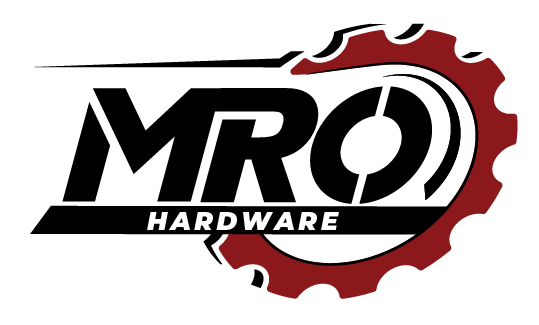Catches: Unlocking Their Purpose
Catches are ingenious devices designed to secure two objects or surfaces together, preventing accidental opening. These handy components come in various forms, from simple hooks and clasps to more intricate mechanisms. Their primary function is to hold objects in place until a deliberate effort is made to release them. Catches are essential for keeping doors, cabinets, and containers securely closed, offering convenience and peace of mind.
Latches: Ensuring Closure and Security
Latches, on the other hand, serve a similar purpose but often involve more complex mechanisms. They provide a reliable method for closing and securing doors, gates, compartments, and other enclosures. Latches ensure doors remain securely closed and intentionally release them to access whatever is behind them, keeping it safe and inaccessible.
Applications Across Industries
- Construction Industry: Catches and latches are vital for construction, ensuring safety and security at various stages of a project. They are used in doors, gates, and access panels to safeguard construction sites and provide controlled access.
- Furniture Industry: Furniture manufacturers rely on catches and latches to keep drawers, cabinets, and doors closed. These components contribute to the aesthetic appeal and functionality of furniture while ensuring the safety of users.
- Healthcare and Hospitals: In healthcare settings, catches and latches play a critical role in securing medical cabinets, drug storage, and equipment enclosures. This is vital for patient safety and regulatory compliance.
- Automotive Industry: Catches and latches are integral in automotive manufacturing, ensuring that doors, hoods, and trunks remain securely closed during operation. They are designed to withstand extreme conditions and ensure the safety of passengers.
Choosing the Right Catches and Latches
When you’re in the process of selecting catches and latches for specific applications, it’s essential to take several critical factors into account:
- Material Choice: Depending on the environment and the weight-bearing requirements, you should opt for materials like stainless steel, zinc alloy, or plastic. This choice ensures the durability and longevity of the catch or latch.
- Security Levels: It’s crucial to assess the level of security needed for your application. Some catches and latches offer advanced locking mechanisms that provide an extra layer of safety and protection.
- User-Friendly Operation: Consider the ease with which the catch or latch can be operated. This aspect becomes particularly important in situations where quick access or frequent use is necessary.
- Corrosion Resistance: For outdoor applications or environments prone to corrosion, selecting materials resistant to rust and deterioration is vital. This ensures the longevity of the catch or latch even in challenging conditions.
- Load-Bearing Capacity: Make sure the catch or latch you choose can handle the anticipated load without compromising its functionality. This factor is crucial for ensuring that it performs reliably under the expected weight or pressure.
Conclusion: Uniting Security and Functionality
In conclusion, catches and latches are inconspicuous yet indispensable components in a multitude of industries. Their ability to secure doors, cabinets, and enclosures offers not only convenience but also safety and peace of mind. Whether in construction, furniture, healthcare, or automotive sectors, these components play a pivotal role in maintaining security and functionality. Choosing the right catches and latches tailored to specific needs ensures a seamless blend of security and practicality across diverse applications.

